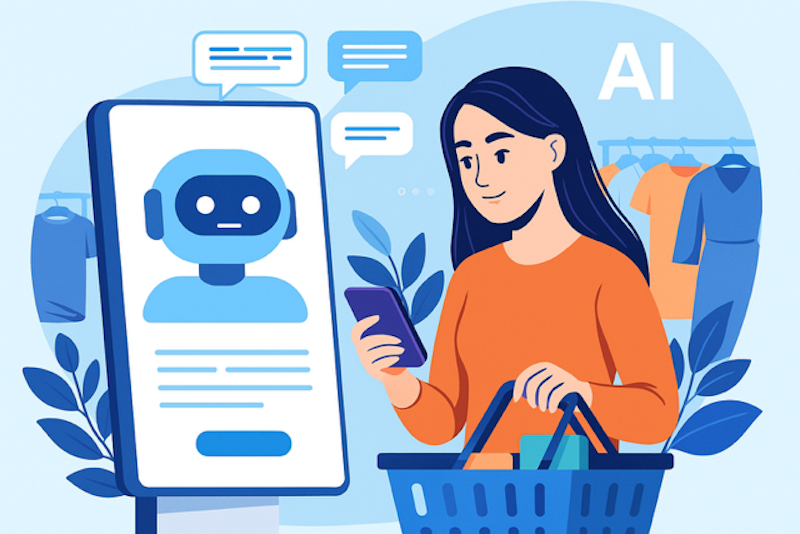RIP omnichannel. All hail harmonised retail
Omnichannel is dead. The future is harmonised retail. So says retail author/influencer/advisor/speaker Steve Dennis in a new LinkedIn post.
“Nearly 16 years since its apparent coining, I think most of us can agree that if “omnichannel” ever had any real usefulness as a concept (debatable), it is now well past its expiration date,” he writes. “Ever since certain CEOs started saying “omnichannel” in just about every sentence (I’m looking at you Terry Lundgren), the term quickly became problematic.”
It was alway ill-defined, Dennis argues. Second, it was often served up as the panacea for what ailed every struggling retailer and therefore the centrepiece of many a conference keynote, whitepaper and technology provider sales pitch. Thirdly, it’s “repeated so mindlessly and ad nauseam I wonder if someone is getting a royalty every time it’s uttered”. A great customer experience has never been about being everywhere and all things for all people. What matters is showing up for the right customers, where it really matters, in remarkable ways, he states.
Enter harmonised retail, which, Dennis believes, has important advantages over omnichannel or any of the other terms being used to describe and tackle the changing nature of shopping. Successful companies here include the digitally-native vertical brands (from Warby Parker to Casper, from Bonobos to Away) that are now deep into bricks and mortar retail, and achieving significant valuations. Traditional retailers that are defying the retail apocalypse narrative by employing harmonised retail concepts include Sephora, Ulta and Williams-Sonoma.
“They smartly eschewed the unfocused approach that many who drunk the omnichannel Kool-Aid followed and instead embraced the blur that is shopping today, understood that online drives physical and vice versa and worked to find remarkable ways for it all to work in concert on behalf of their most valuable customers and prospects,” Dennis observes.
Best Buy, Target and Walmart are also ones to watch, viewing, as they do, their stores as assets not liabilities. “Not only have these brands vastly improved their digital capabilities, but by better understanding customers journeys’ they have shifted from focusing on being everywhere and, instead, are zooming in on rooting out the most critical friction points regardless of how the customer decides to shop as well as finding new and unique ways to be remarkable,” Dennis says.










Continue reading…